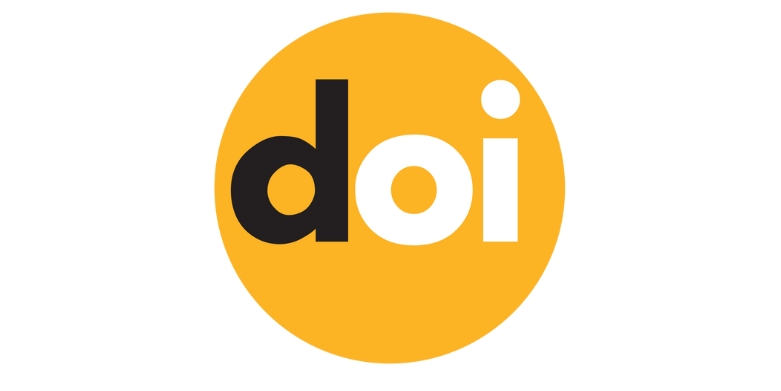Prediction of self-esteem Based on Social Intelligence in Female Students
DOI:
https://doi.org/10.63053/ijhes.64Abstract
The purpose of this research was to predict self-esteem based on social intelligence in female students of Islamic Azad University, Marvdasht branch. The current research method was a descriptive survey of correlation type. The statistical population of this research included all the female students of the Islamic Azad University of Marvdasht. Out of this population, 130 people were selected by cluster sampling. The tools for collecting information were the self-esteem questionnaire and the social intelligence questionnaire. To analyze the data, Pearson's correlation coefficient and multiple regression were used simultaneously. The research results in the first hypothesis showed that there is a significant relationship between social intelligence and self-esteem in female students. The second hypothesis showed that social intelligence and its dimensions can predict self-esteem in female students. According to the results of this research, it is suggested that professional training workshops organized by experts in this field should be held in the university to improve and increase social intelligence and self-esteem in girls.
References
Asal Fatahi, Bahram, and Najarpurostadi, Saeed, examining the relationship between emotional intelligence and self-esteem with social skills, Education and Evaluation Journal, 6 (23), Fall 2012, 123-136
Rezaei, Akbar, Tromsø social intelligence scale: factor structure and reliability of the Persian version of the scale in the student population. Quarterly Scientific Research Journal of Tabriz University Psychology. 5(2). Winter 1389, 115-116
Shokohi, Mohsen, and Jahani, Zahra., The effectiveness of interpersonal problem-solving skill training on increasing social skills and increasing students' self-esteem, Psychological Studies, 10(4). Spring 2019, 102-104
Shahbazi, Mehdi, and Vazini Taher, Amir, investigation of mental health and self-esteem of first and last year students of a military school. Journal of Military Medicine. 91(2). Summer 1401, 89-91
Mohammadian-Gol, Mohsen, Behrouzi, Nasser, and Yasminejad, Parisa, moral intelligence, its nature and necessity. Medical Ethics Quarterly. 9(3). Fall 2014, 42-44
Mehrdadi, Amir, developing a structural model of mental health based on moral, spiritual, cultural and social intelligence through students' self-esteem. Ph.D. Thesis. Payam Noor University, winter 2017
Yazdani, Amin, investigating the relationship between personality traits of tenacity and resilience with academic success in students of Army University of Medical Sciences, Ph.D. thesis, Islamic Republic of Iran Army University of Medical Sciences, Spring 2011Dogan, T. & Çetin, B.(2009). Validity, Reliability and Factorial Structure of the Turkish Version of the Tromsø Social Intelligence Scale, Educational Sciences: Theory & Practice, 9 (2), 709-720.
Hamburg D., Sartorius, N. (2019). relation of psycho-social research to biological research, particularly with respect to a new biomedical research institute under WHO auspices in Zambia. Department of Genetics.4(14), 446-450.
Rosenberg, M, (1965). Society and adolescent self-image. New Jersey, Princeton University Press.
Silvera, D.H. Dahl & Martinussen, M., Dahl.T.i.(2001).the Tromso Social Intelligence Scale self-report measure of Social Intelligence. Scandinavian Journal of Psychology. 42(3).451-463.
Wallenius, M., Punamaki, R.L., & Rimpela, A. (2007). Digital Game Playing and Direct and Indirect Aggression in Early Adolescence: The Roles of Age,Social intelligence, and Parent-Child Communication. Journal of Youth Adolescence, 36(3):325–336.
Downloads
Published
How to Cite
Issue
Section
License
Copyright (c) 2024 Authors

This work is licensed under a Creative Commons Attribution 4.0 International License.
The journal is licensed under a Attribution 4.0 International (CC BY 4.0).
You are free to:
- Share — copy and redistribute the material in any medium or format for any purpose, even commercially.
- Adapt — remix, transform, and build upon the material for any purpose, even commercially.
- The licensor cannot revoke these freedoms as long as you follow the license terms.
Under the following terms:
- Attribution - You must give appropriate credit , provide a link to the license, and indicate if changes were made . You may do so in any reasonable manner, but not in any way that suggests the licensor endorses you or your use.
- No additional restrictions - You may not apply legal terms or technological measures that legally restrict others from doing anything the license permits.












